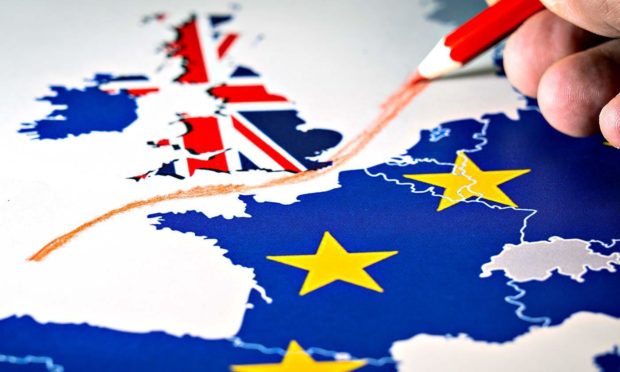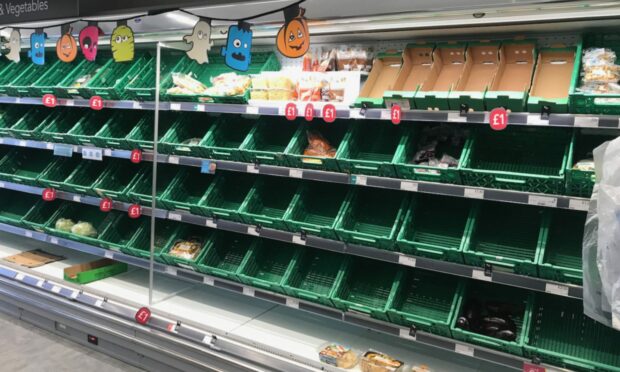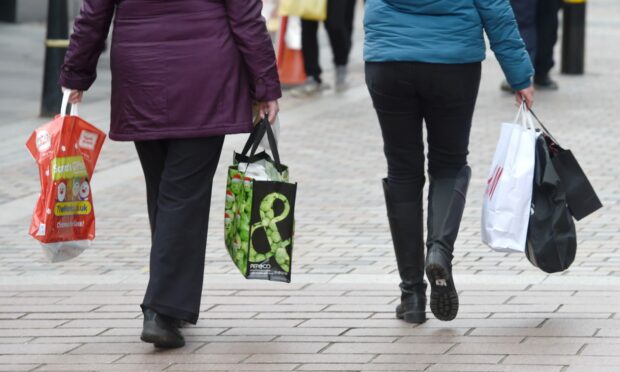Driver shortages should not disrupt Christmas but customers “might not get absolutely everything” they want, according to a haulier boss.
There have been reports of a UK-wide shortage of HGV drivers and agricultural workers as a result of the Covid-19 pandemic and the post-Brexit immigration system.
This has affected the supply of some goods, with particular concerns about food shortages in the run-up to Christmas.
Christmas shortages?
Martin Reid of the Road Haulage Association told MPs on the Scottish Affairs Committee that “Christmas will be deliverable” but that customers “might not get absolutely everything you want absolutely all the time”.
He added: “But thankfully our industry is very quick; very nimble.
“As long as you’re not asking for the earth, Christmas will occur this year, same as it has every other year.”
However, David Michie, policy manager for crops at the National Farmers’ Union Scotland (NFUS), said there are still concerns about Christmas labour shortages.
He added: “It’s bigger than Christmas. It’s looking like extending much wider than that.”
The committee also heard that it is “easier for a ballerina to come into the UK than it is an HGV driver”.
Impact of Brexit
Mr Reid said leaving the European Union, combined with the impact of the coronavirus crisis and other factors, had created “the perfect storm” for the sector.
To try to tackle the problem, the UK Government has brought in a temporary visa scheme, aimed at making it easier for foreign lorry drivers to work in the UK in the three months up to December 24.
But Mr Reid, the RHA director for Scotland and Northern Ireland, complained that that was “too short a period to attract people”.
He spoke out on the issue to MPs on Westminster’s Scottish Affairs Committee as they examined the impact of labour shortages in certain industries.
Mr Reid told the committee that driving an HGV is not classed as a skilled occupation and is not on the shortage occupation list – which makes it easier for firms to bring in workers from overseas.
“It is easier for a ballerina to come to the UK than it is an HGV driver”, he told MPs.

He continued: “HGV driver is not seen as a skilled occupation. Now, anybody who knows anything about that will know it is a skilled occupation.
“But because it is seen as Level 2 it cannot take its place on the shortage occupation list, which in turn means that there is lower levels of funding available in order to bring people into the industry, so there is a whole knock-on effect.”
MPs also heard that the shortage of HGV drivers was “nothing new” and that problems “existed before Brexit”.
But he added: “Unfortunately the factors that have come in the past couple of years have exacerbated already existing problems.
“We had the situation where we had a number of European operatives that came freely and working within the country who are no longer able to”.
‘Pinch points’
A UK Government spokesman said: “We are closely monitoring labour supply and working with sector leaders to understand how we can best ease particular pinch points.
“Similar challenges are being faced by other countries around the world.
“We are providing short-term additional support and capacity to ensure the resilience of supply chains by increasing the supply of HGV drivers, streamlining the testing process and improving working conditions.
“Our Plan for Jobs is helping people across the country retrain, build new skills and get back into work.
“The long-term answer to the supply chain issues we’re currently experiencing must be developing a high-skill, high-wage economy here in the UK.”

